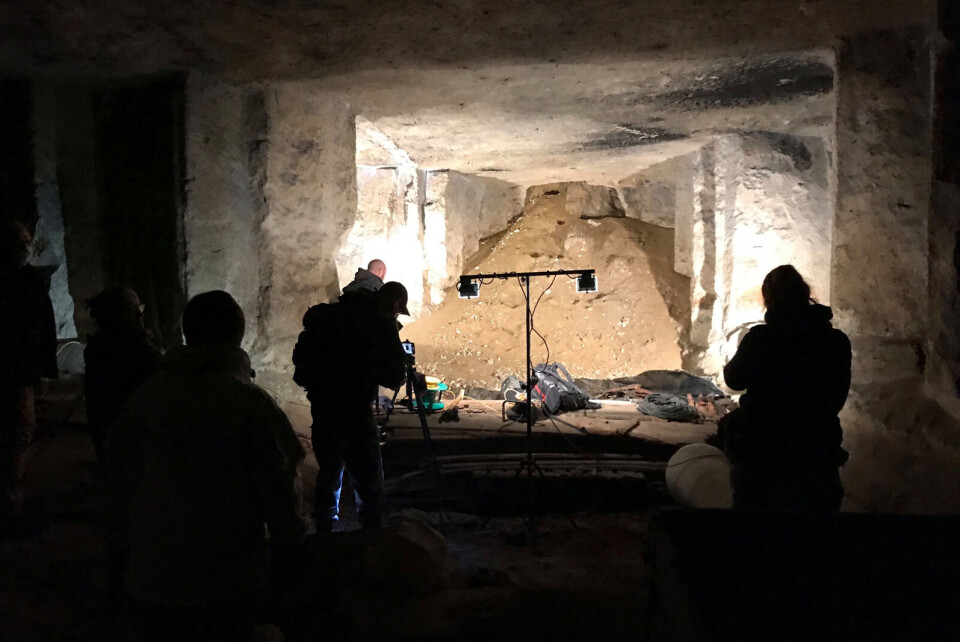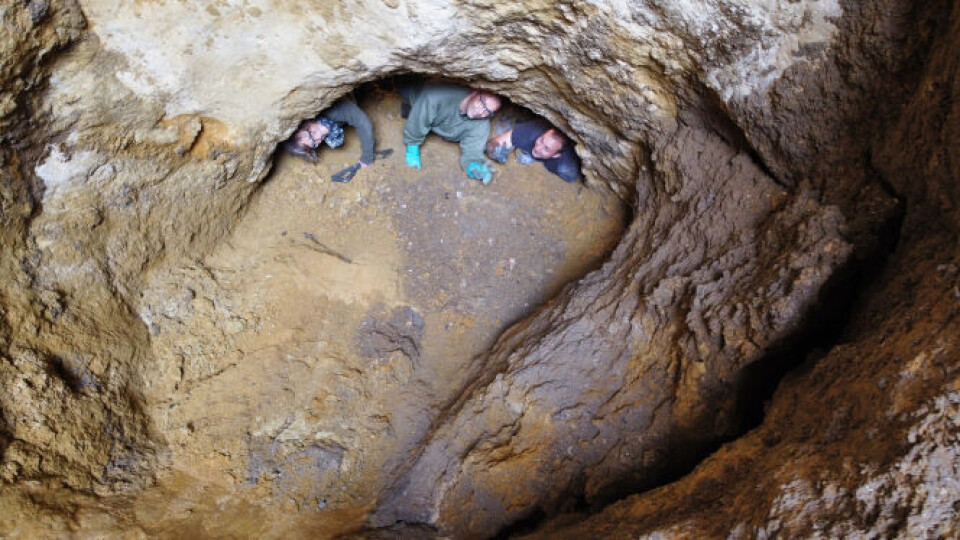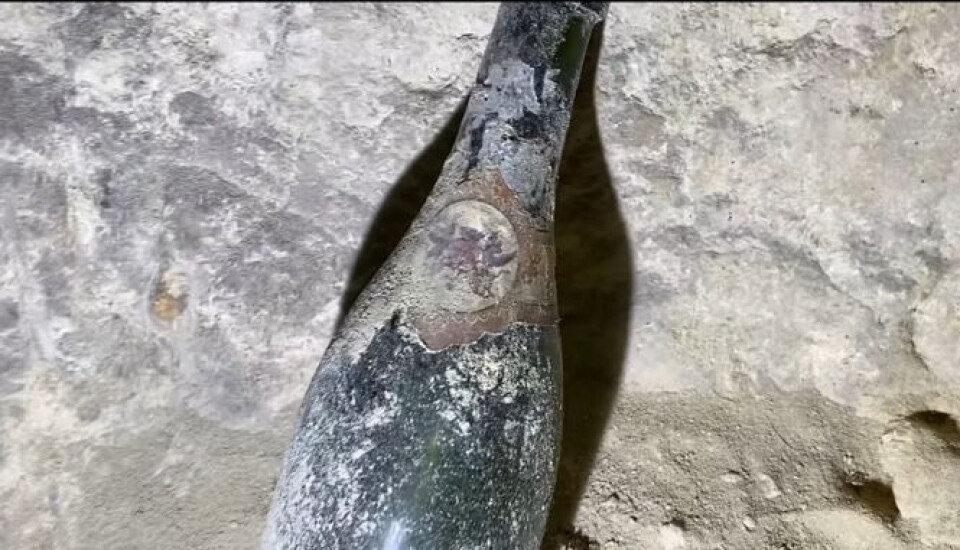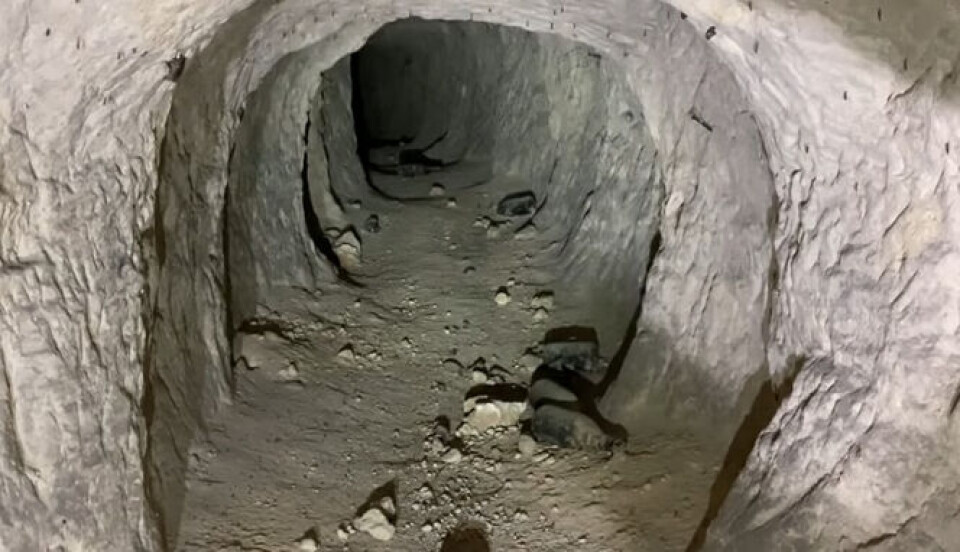-
Trump calls for Marine Le Pen to be freed (but she is not in prison)
US president said her embezzlement court case was a ‘witch hunt’
-
France’s €3 book delivery fee challenged in EU court by Amazon
Online retailer said measure is protectionist and ‘in breach of EU laws’
-
Allergies: How to know pollen levels in your commune of France
Interactive online maps can track and predict how pollen is changing in the air
Rediscovered WW1 tunnel in France ‘still smells of gunpowder’
A 'secret' German map of the area was the only one to make reference of the Oise tunnel in northern France and its location is currently still being kept quiet to prevent vandalism

History enthusiasts have spoken of the spine-tingling moment they became the first to set foot in a German tunnel since World War One – and found it strewn with mementos of the men who had used it.
The Association des Souterrains Allemands de Puisaleine et des Environs (ASAPE 14-18) was alerted to the existence of the Oise tunnel earlier this year, after its members examined a ‘secret’ German map of the area around the Butte-Aux-Zouaves battlefield in a forest near Moulin-sous-Touvent.
As no other contemporary map made reference to the tunnel – named Lager Keller (storage cellar) by the Germans – the only way to find out more about it was to visit the site and start digging.
The local history team identified the start of the tunnel on discovering a badger sett-type depression in the ground. This revealed a large quantity of barbed wire buried by undergrowth and obscuring a long-disused entry.
After obtaining permission from the Direction régionale des affaires culturelles, 17 members of ASAPE 14-18 then set to work clearing 60-80 tonnes of sandy soil from the opening to make it accessible and safe.
Only then could they finally explore a space that had vanished from living memory, whose last occupants were long-dead soldiers of World War One.

Maximilian Hiebinger, president of ASAPE 14-18, said it was a strange sensation to enter the tunnel.
“You lay eyes on objects that have been underground for more than 100 years. And there is the very particular odour of a battlefield because the smell of gunpowder still lingers,” he told The Connexion.
“Even little notes the Germans had written in pencil on the wooden signposts they used to orientate themselves have been preserved, because there wasn’t much oxygen in the tunnel.
'As you move through, you wonder what you will find around the next corner. It really is a unique experience'
A few steps into the 122m-long tunnel, the team found a French gun and some German shell casings, and noticed electricity and phone cables running along the walls.

Further along, the discoveries were even more surprising: doodles engraved into the earth, a scrap of paper, old bottles of wine and crémant.
Two soldiers had etched the names of their towns – Kiel and Rostock – into the walls, linking them with the FR90 and IR84 regiments.
Another had carved out his name, O. Born, allowing ASAPE 14-18 members to identify him as Otto Born of the GR89 regiment.
For Mr Hiebinger, this was a particularly emotional moment. “We saw the names of these soldiers on the walls, and when we did some research afterwards, we found that they had died one year later on the battlefields of the Somme.
“So maybe these were the last traces left by those men.”
Read more: Western Front shows we cannot take peace for granted
Why was the tunnel created?
“This type of tunnel is a feature of mine warfare,” Mr Hiebinger said. “It takes us back to a moment of World War One where, on ground level, there was no point continuing to fight.
“Instead, each side resorted to tactics from antiquity: tunnels were used in the Middle Ages, even the Roman times, to mine enemy positions. The Germans dug this tunnel to do the same.”
However, the fact that there remains a significant distance between the tunnel and the French lines shows that construction work on the passageway was abandoned before it could serve its original purpose.

The ASAPE 14-18 team did find that the tunnel had been equipped with powerful projectors, which allowed its occupants to observe the battlefield from their secret position.
It also appears that it served as a store for weapons, such as guns and grenades.
“Now our plan is to find out a bit more about this portion of land, and what the French and the Germans did underground,” Mr Hiebinger said.
“Once we have analysed the information available, we will create a tour of the area.”
ASAPE 14-18 hopes members of the public will be able to descend into this evocative underground world at some point in the near future.
For now, however, the tunnel entrance has been resealed to prevent vandalism, and its location will remain secret.
Related stories
€180million facelift for WW1 bombarded French basilica
Grave of French WW1 soldier killed on Nov 11 has wrong date
























